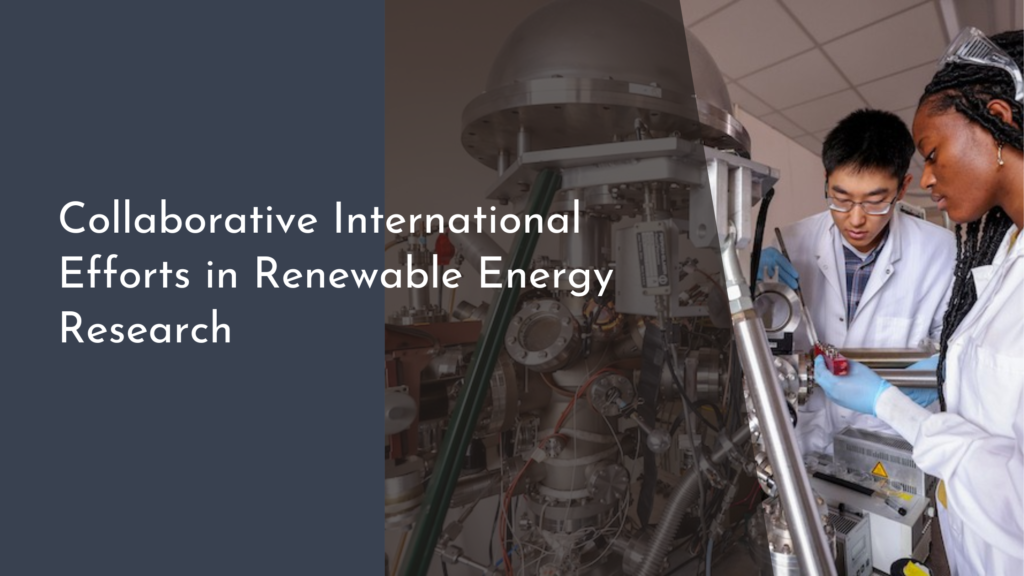Rainwater Utilization in Seawater Desalination Pre-Treatment
As the world grapples with the increasing challenges of freshwater scarcity, innovative solutions are becoming paramount. One such solution is the integration of rainwater harvesting into seawater desalination processes. By utilizing harvested rainwater, we can enhance the efficiency and sustainability of desalination plants, which are essential for providing potable water in arid and coastal regions. This article explores the multifaceted benefits of harnessing rainwater in the context of seawater desalination pre-treatment, highlighting its role in enhancing treatment processes, its environmental advantages, and its potential for creating a brighter future for water management.
Harnessing Rainwater: A Sustainable Solution for Desalination
Rainwater harvesting involves collecting and storing rainwater from rooftops, surfaces, or catchment areas for various uses. This ancient practice has gained renewed attention in the context of modern water scarcity challenges, where every drop counts. By capturing rainwater during wet seasons, communities can significantly augment their water resources, especially in coastal regions that heavily rely on desalination. Implementing rainwater harvesting systems not only provides an additional water source but also reduces runoff and flooding, creating a dual benefit for urban environments.
Incorporating rainwater into seawater desalination systems can lead to significant improvements in operational efficiency. Rainwater can help dilute seawater salinity, reducing the energy requirements for the desalination process. This synergistic approach to water treatment not only optimizes resource use but also lowers the carbon footprint associated with energy-intensive desalination methods. By utilizing this naturally available resource, we pave the way for more resilient water supply systems that align with sustainable development goals.
The Role of Rainwater in Effective Pre-Treatment Processes
Effective pre-treatment is crucial in the desalination process, as it ensures that the seawater entering the system is free from contaminants that could cause fouling or scaling in membranes. Rainwater serves as a valuable pre-treatment resource by undergoing filtration and disinfection before blending with seawater. This pre-treatment can reduce the concentration of organic materials and particulate matter, enhancing the quality of water processed in desalination facilities.
Moreover, incorporating rainwater into pre-treatment systems can facilitate better management of plant operations. By adjusting the blend of rainwater and seawater based on seasonal availability, desalination plants can maintain consistent output while minimizing operational costs. This flexibility allows facilities to adapt more readily to fluctuations in water supply, ensuring a steady and reliable source of potable water even during dry spells.
Benefits of Integrating Rainwater with Desalination Technology
The integration of rainwater harvesting with desalination technology provides a multitude of environmental benefits. First and foremost, it reduces the reliance on groundwater and other freshwater sources that are often overexploited. By promoting the use of rainwater, communities can help recharge local aquifers, thereby preserving vital ecosystems and maintaining biodiversity. This shift towards more holistic water management practices fosters environmental stewardship and encourages responsible resource use.
Additionally, the economic benefits of utilizing rainwater in desalination processes are noteworthy. Rainwater is a free resource, and its use can decrease the overall operational costs for desalination plants. Reduced reliance on expensive energy inputs and the potential for lower maintenance costs can lead to decreased water prices for consumers. This economic feasibility is particularly vital for developing regions where water access is limited, enabling broader populations to gain access to clean drinking water.
Bright Futures: How Rainwater Utilization Can Save Water!
The future looks promising with the integration of rainwater utilization in water management strategies. By focusing on sustainable practices, communities can create a circular water economy where every drop is utilized efficiently. As technology advances, innovative rainwater harvesting systems and desalination methods will continue to evolve, making them more accessible and effective. Educational initiatives can further promote the benefits of rainwater harvesting, encouraging community participation in water conservation efforts.
Ultimately, the utilization of rainwater in seawater desalination pre-treatment embodies a proactive approach to tackling water scarcity. By embracing this method, we foster not only a resilient water future but also a more sustainable relationship with our natural environment. With collaboration between policymakers, industry leaders, and communities, we can transform water management practices, ensuring a brighter, water-secure future for generations to come.
Harnessing rainwater as part of seawater desalination pre-treatment offers a sustainable, innovative approach to address the pressing issue of freshwater scarcity. By optimizing resource use, reducing environmental impacts, and promoting economic viability, this strategy holds great promise for creating resilient water systems. As we continue to explore and invest in such integrations, we can look forward to a future where water security is not just a dream but a reality for all. Together, let’s champion the cause of rainwater utilization and pave the way for a sustainable and cheerful water future!

